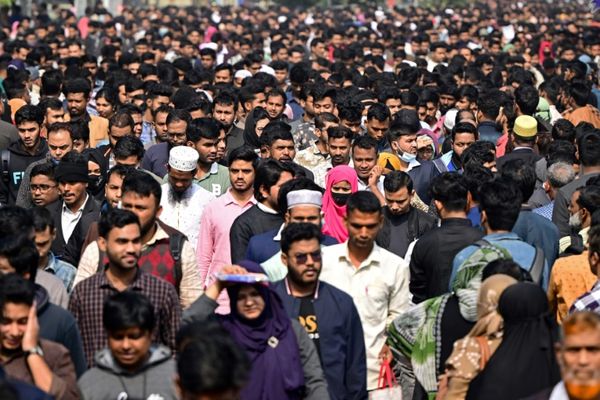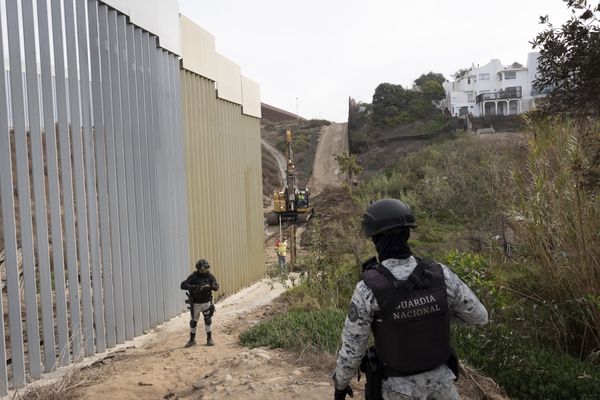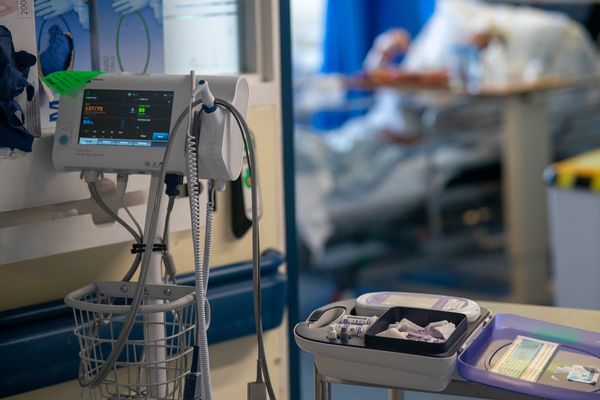
Incidence of multidimensional poverty almost halved between 2005-06 and 2015-16, climbing down to 27.5%, indicating that the number of poor people in India fell by more than 271 million within ten years, according to a report by the United Nations released on Thursday.
The 2019 global Multidimensional Poverty Index (MPI) from the UN Development Programme (UNDP), shows that, in the 101 countries assessed– 31 low income, 68 middle income and 2 high income –about 1.3 billion people are “multi-dimensionally poor”.
Multi-dimensional poverty defines poor not only on the basis of income, but on other indicators, including poor health, poor quality of work and the threat of violence.
Incidence of multidimensional poverty halved in India due to faster progress among the poorest in the country, the report said. Among states, Jharkhand had the greatest improvement, with Arunachal Pradesh, Bihar, Chhattisgarh, and Nagaland only slightly behind.
However, Bihar was still the poorest state in 2015- 16, with more than half of its population living in poverty. In 2015-16, the four poorest states – Bihar, Jharkhand, Uttar Pradesh, and Madhya Pradesh – were home to 196 million multidimensional poor people – over half of all the people living in multidimensional poverty in India, the report highlighted.
Yet the least poor regions were not at all stagnant either. Rather, they also saw reduction in poverty. Relative to their starting levels, they netted some of the highest rates of reduction. For example Kerala, one of the least poor regions in 2006, reduced its MPI by around 92%.
According to the report, the positive trend of pro-poor poverty reduction was seen also across religions and caste groups. In both cases, the poorest groups (Muslims and Scheduled Tribes) reduced poverty the most over the ten years from 2005-06 to 2015-16. “Yet these two groups still have the highest rates of poverty. For instance, while 80% of those who identified themselves as being in a
Scheduled Tribe had been poor in 2005-06, in 2015-16, 50% of people belonging Scheduled Tribes were still poor. In fact, if we look at the societal distribution of deprivations in India among the poor, vulnerable, and non-poor, we see that whereas 91% of people experienced deprivation in 2005-06, it was 82.4% in 2015-16,” the report said.
The report also mapped India’s 640 districts for data on poverty. The report findings said the 2015-16 district-level data for India reveal deep pockets of poverty but also impressive progress across the country.
The poorest district is Alirajpur in Madhya Pradesh, where 76.5% of people are poor – the same as Sierra Leone in Sub-Saharan Africa. Only eight countries have higher rates of MPI.
In four districts, located in Uttar Pradesh and Madhya Pradesh, more than 70% of people are poor, while twenty-seven districts have 60-70% of their people in poverty. At the other end of the scale, in 19 districts less than 1% of people are poor, and in 42 districts, poverty rates are between 2% and 5%.







